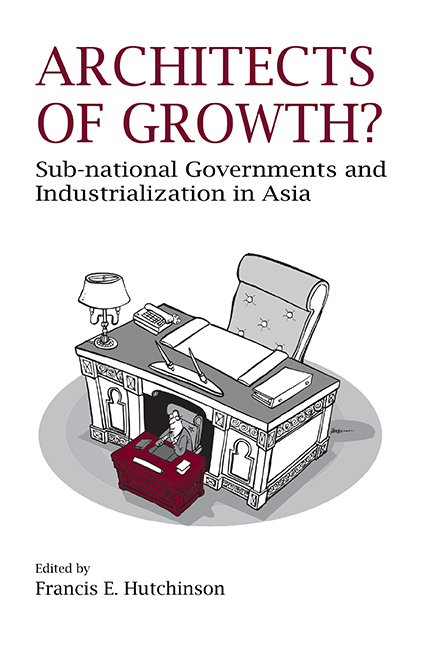Book contents
- Frontmatter
- Contents
- List of Tables
- List of Figures
- Foreword
- Preface and Acknowledgements
- Contributors
- Abbreviations
- I Introduction and Industry Overview
- 1 Introduction
- 2 Harnessing Asian Capabilities for Transforming the Electronics and IT Sectors: Recent Trends, Challenges, and a Way Forward
- II Cases from Industrializing Southeast Asia
- III Cases from China and India
- IV Cases from Industrialized Countries
- V Conclusion
- Index
2 - Harnessing Asian Capabilities for Transforming the Electronics and IT Sectors: Recent Trends, Challenges, and a Way Forward
from I - Introduction and Industry Overview
Published online by Cambridge University Press: 21 October 2015
- Frontmatter
- Contents
- List of Tables
- List of Figures
- Foreword
- Preface and Acknowledgements
- Contributors
- Abbreviations
- I Introduction and Industry Overview
- 1 Introduction
- 2 Harnessing Asian Capabilities for Transforming the Electronics and IT Sectors: Recent Trends, Challenges, and a Way Forward
- II Cases from Industrializing Southeast Asia
- III Cases from China and India
- IV Cases from Industrialized Countries
- V Conclusion
- Index
Summary
Introduction
Path-breaking changes in electronics technology in general and microelectronics in particular have given birth to the Information Technology (IT) revolution and its related innovations. In the closing decades of the last century, the IT revolution facilitated not only technological changes, but also far-reaching institutional changes as seen through deepening globalization processes (Soete 2006).
Perhaps there is no other region like East Asia, which took advantage of the microelectronics revolution and rise of export-oriented production, preludes to today's IT revolution and globalization. A considerable body of work indicates that outward-oriented economic policies, accompanied by a catalytic role for foreign firms and targeting of global production networks within a context of activist state policy has been at the core of the East Asian Miracle (Ernst and Kim 2002; Rodrik 1992; Sen 1983). Drawing inspiration from the development experience of Southeast Asian countries, many less developed countries, especially in Asia, are striving to promote industrial transformation by developing their electronics and IT production base and promoting the use of IT. The moot question is “How rocky is the road ahead for these countries?”
As globalization processes and the IT revolution gained momentum, there were significant changes in the organization of electronics production that led to the establishment of Global Production Networks (GPN), which later evolved into Global Innovation Networks (UNCTAD 2005). This was facilitated to a great extent by the formation of the World Trade Organization, which led to the widespread dismantling of barriers to trade and investment. For IT goods, this was further accentuated by the Information Technology Agreement (Joseph and Parayil 2008).
These developments also encouraged Outward Foreign Direct Investment (OFDI) from developing nations, such as China, India and other countries, with a view to further strengthening their technological capabilities and enhancing their market access (Pradhan 2004; Kumar and Chadha 2009). The process of trade and investment liberalization was further accentuated with the establishment of a multitude of regional trading agreements (UNCTAD 2004). One notable case with regard to electronics has been the e-ASEAN Framework Agreement, which involved liberalized trade and investment on the one hand and capacity-building on the other (Joseph 2006).
All these processes resulted in an unprecedented rate of increase in trade and investment between countries in the South in general and Asia in particular (UNCTAD 2005b).
- Type
- Chapter
- Information
- Architects of Growth?Sub-national Governments and Industrialization in Asia, pp. 30 - 56Publisher: ISEAS–Yusof Ishak InstitutePrint publication year: 2013

